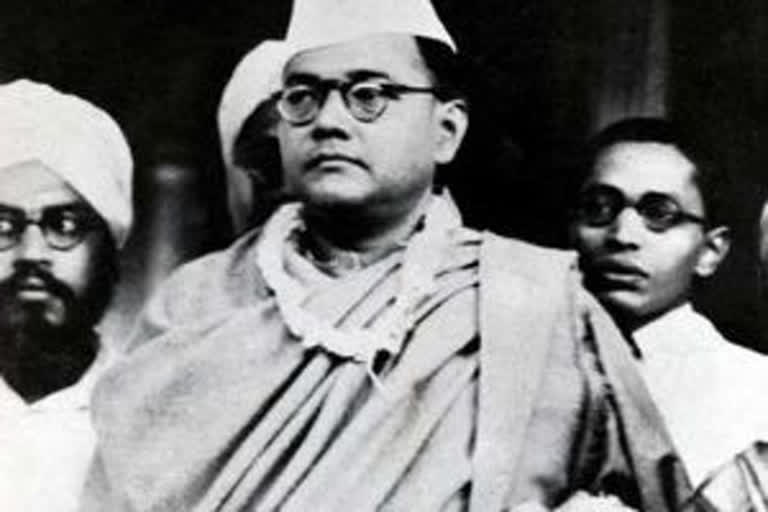New Delhi: Even though August 18 is marked as Netaji Subhash Chandra Bose's death anniversary, many believe that he survived the 1945 plane crash and lived till a very old age in hiding.
Subhash Chandra Bose, commonly known as Netaji, is considered as one of the most admired freedom fighters of India and his charisma influenced thousands around the world. He rendered famous slogan of patriotism, 'tum mujhe khoon do, main tumhe aazdi dunga'.
Netaji Subhash Chandra Bose remains one of India’s most revered icons, with every political organisation trying to shine in his reflected glory. His historic charisma is so great that some Indians believe he is still alive. Many more believe that he did not die on August 18, 1945, in a plane crash in Formosa as every major biography of Netaji says.
Netaji Subhash Chandra Bose was born on January 23, 1897 in Orissa, Bengal division, was among ninth member of a family of 14 members. He completed his BA in Philosophy with a first-class score in 1918.
Netaji had been a leader of the younger, radical, wing of the Indian National Congress in the late 1920s and 1930s, rising to become Congress President in 1938 and 1939. However, he was exiled from Congress leadership positions in 1939 following differences with Mahatma Gandhi and the Congress.
Also read: SC okays elevation of six advocates as Delhi HC judges
Netaji also wrote a book titled ‘The Indian Struggle’ which was published in 1935. He also established the Azad Hind Radio station in Germany.
He died on August 18, 1945 after his overloaded Japanese plane crashed in Japanese-ruled Formosa (now Taiwan). A lot of theories surround his mysterious death. One theory is that it was a ploy set up by Netaji himself, to hoodwink Allied forces and reach a safe place to continue his struggle. However, another says that Netaji became a recluse and settled down in north India. And another insists that he was betrayed by Nehru and Gandhi and imprisoned in a Soviet gulag.
In 2015, the West Bengal government released a set of files related to Netaji and his family from the state archives. Soon after, in January 2016, 304 ‘Netaji files’ were declassified by Central ministries.
After years of conspiracy theories and counter-arguments from the government, many Netaji enthusiasts still refuse to accept that he had died of third degree burns in this particular accident. However, the legend of Gumnami Baba, an unnamed mystic who died in Faizabad in Uttar Pradesh in 1985, continues as one of India's most enduring mysteries of Netaji.



